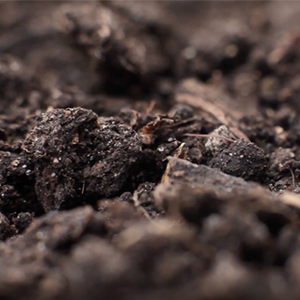All construction should be built on strong and stable soil. The strength of soil depends on its physical characteristics. If the soil under the building is not strong enough it could lead to the foundation cracking, breaking, and resulting in the building to collapse.
Below are the different types of soil for building foundation and their properties which will help you make the right decision:
There are three different types of naturally occurring sand based on the materials that it is formed by. Sand can also be manufactured. Different sand types include:
- Foundation on Sandy Soil
Sand/gravel have the largest particles among the various types of soil in construction. Owing to the bigger particles, this type of soil does not retain water and lets water drain out quickly which is great for buildings. Compacted sand/gravel offers even more stability and are great to build a foundation on.
- Foundation on Clay Soil
Clay is not ideal to use as a material for the foundation of buildings. Its tendency to contract and expand during the different seasons leads to cracks or fissures in the foundation of the building. Clay soil foundations are usually deeper to ensure there is enough stability. The tiny particles in clay hold water for a long time. The extreme changes can put a significant amount of pressure on the foundation.
- Loam Soil Foundation
Loam is one of the best types of soil in construction. It has the perfect combination of sand, silt, and clay. This enables the foundation to be strong. Loam does not shrink, expand or shift when it comes in contact with water. The only disadvantage of loam soil is that there could be a possibility of undecomposed materials in the composition of this type of soil which should be filtered out before construction.
- Peat Foundation
Peat soil is that which is found in areas such as bogs and wetlands. It primarily consists of organic matter and vegetation. It retains a large amount of water which does not make it ideal for construction. A peat foundation is at high risk of cracks, can shift around, and has a low bearing capacity. If you construct a building on this kind of foundation, the risk of damage is very high.
- Foundation on Rock Soil
Limestone, hard chalk, sandstone, etc. all have good bearing capacities making them an ideal material for foundations. Bedrock is more stable and resistant when it comes to damage caused by water. The most important thing to remember when building on bedrock is to ensure that it is well levelled.
Things To Consider For Soils And Foundations
With so many options, there are certain things to keep in mind when considering the types of soil in construction. The foundation of every building should be strong, efficient, and constructed well. The kind of soil used can have different impacts on the foundation depending on its properties. Generally, soils that contain more rocks, sand, and gravel are stronger and can withstand the changing seasons. Pick a soil that does not expand or shrink much when it comes in contact with water. Soils that contain organic matter have a higher tendency of holding water which can result in shifting and cracking of the foundation. Good soils for construction should have balanced chemistry to prevent material corrosion
| Process
Soil is directly used to make building materials, such as cement and brick, as well as indirectly used to grow the plants used to make building materials such as wood boards and insulation fibers.
Historically, many homes and other structures were made from soil or soil that was caked and dried into blocks.
What kind of soil use in construction.
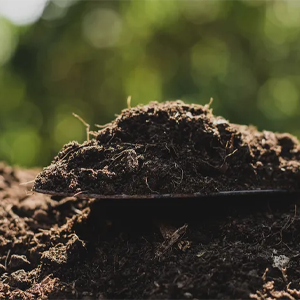
Loam
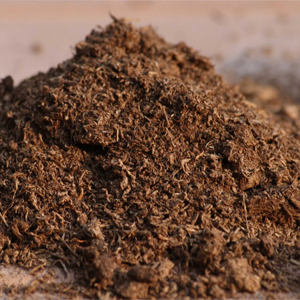
Peat
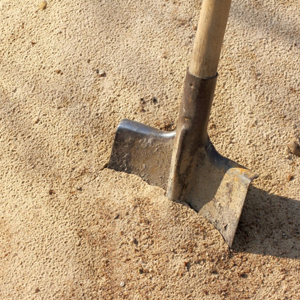
Sandy Soil
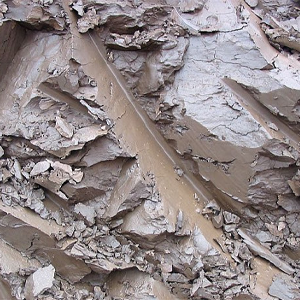
Clay Soil
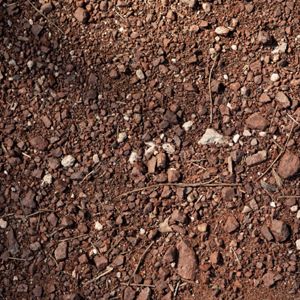
Rock Soil
